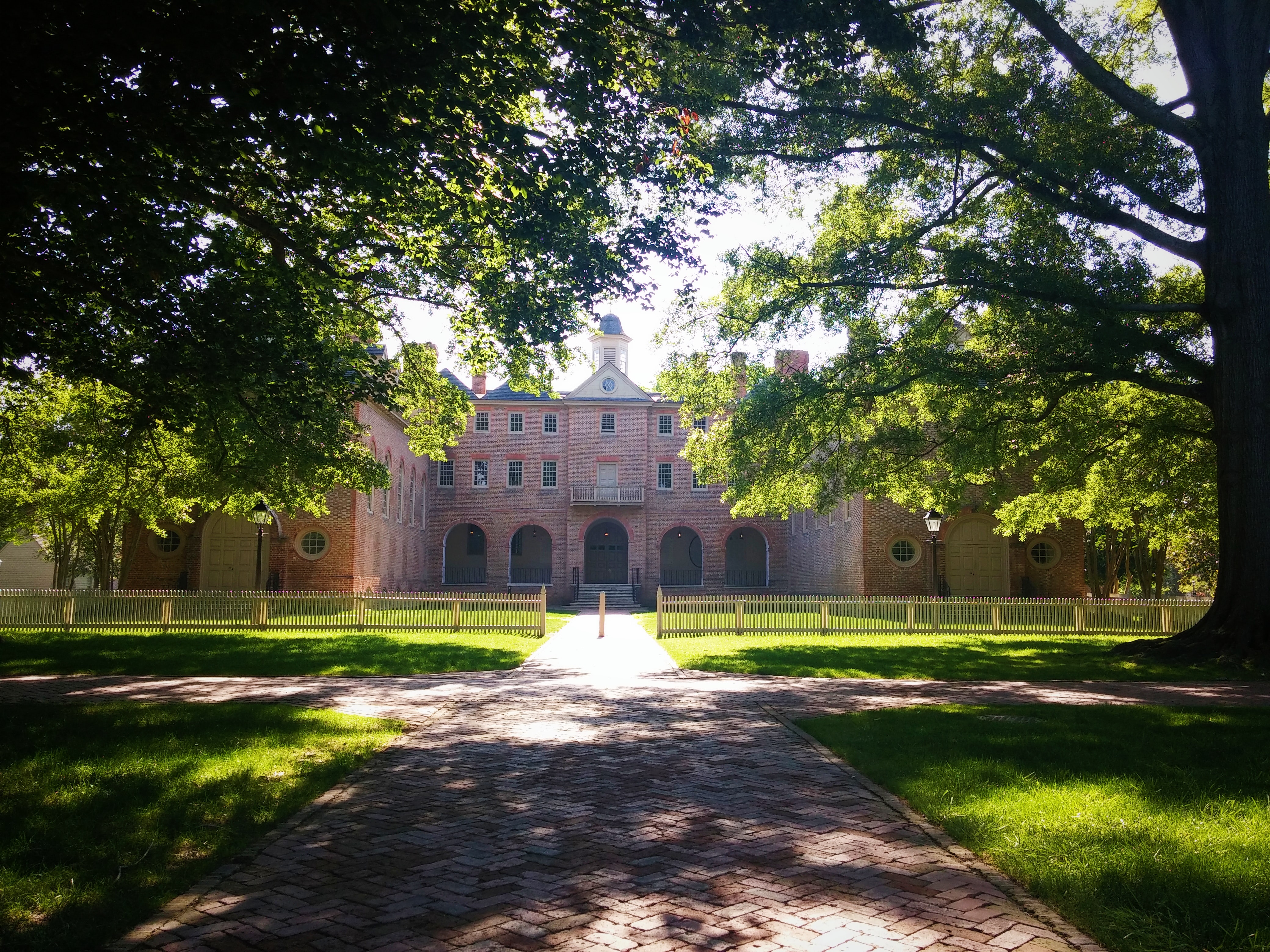The Dwarven Races
Traits
Common features
Dwarves are known as physically skilled people, both in combat and in craft. They all share a resilience to diseases and poisons, as well as a natural aptitude for endurance. It is very uncommon to find a sickly thin dwarf.Their height ranges between 1.20 and 1.50 meter. Their weight averages between 70 and 80 kg, mostly due to their broad and compact built. Most dwarves have plentiful hair on their head, body, and face, including feminine dwarves. Individuality is often expressed through the grooming and styling of this hair, which can take many forms.
Subraces
There are four recognized subraces among the dwarves, commonly dubbed the mountain dwarves, the hill dwarves, the tunnel dwarves, and the salt dwarves. Their distinguishable traits are as follows:Mountain Dwarves
Their skin colour is pale tinged with yellowish hues. Their hair is usually a shade of red or brown, with a smooth straight texture. They are usually the shortest among the dwarves, but also the broadest and most muscular. The origin of this subrace lies in the mountains to the north of Zurica. Nowadays mountain dwarves still form the majority of the people of Torenrig: Torenrig.
Hill Dwarves
Their skin colour is in the range of reddish, tan, earthy tones. Their hair is either blond, grey, or light brown, and can vary from straight to curly textures. Hill dwarven hairstyles tend to involves lots of braids. Before the the Fey Fall they were already commonplace in the area that nowadays is Concordia, and they have always dwelled in the lesser forrested areas of Alothlien. This makes Hill dwarves the most common of the subraces.
Tunnel Dwarves
Their skin colour has various shades of grey hues. They are usually bald, both males and females, or they only have very thin whispy hair on their heads. Their plentiful facial hair is kept in long styles, silver or white in colour, wiry in texture. They are the leanest of dwarves with longer arms than the other subraces. They originate from the Underdark. Nowadays they are rare on the surface of the continent, but wherever they have settled, they usually form close-knit clans that have slowly mingled with other dwarven subraces.
Salt Dwarves
Their skin colour ranges from deep brown to a yellowish tan. Their hair is usually black or brown with a curly to kinky texture. Salt dwarves are the tallest of the four and tend to be lithe instead of muscular. They originate from the Trumoia Basin, in particular the settlement Ur Gazia, in the middle of the desert. They are the rarest subrace among dwarves, and are often considered exotic and beautiful in appearance.
IAMI-periods
To equalize the life stages of all the races including very diverging lifespans, and ensure that they can be categorized correctly when it comes to rights, taxes, and healthcare, all ID cards also share their racial Infancy-Adolescence-Maturity-Index, or IAMI. For dwarves, the life stage periods are:Infancy: 0-15 years
Adolescence: 15-50 years
Maturity: 50+ years
Average lifespan: 450 years
Culture
Family devotion
Whatever a dwarf does in their life, it is generally done to honour their family name. They support each other in their pursuits, but only as long as it does not damage their reputation as a whole. Dwarves are loyal to anyone they consider part of their family, which is not just by blood relation as adoption is quite common. Worshipping deities is seen as an extension of their devotion to family, so it is usually an essential part of their daily or weekly routine.Proud craftsmanship
With their relatively long lifespan, dwarves have plenty of time to hone their skills and become experts at what they do. With dedication they can set themselves to a task until it has been completed. In worse circumstances this can manifest as unshakable stubbornness. They tend to prefer stability over change, so often children take up the trade of their parents. Criticism is valued if it is meant for improvement, but insulting the product of one's hard labour is almost as grievous as insulting one's family.No nonsense
Dwarves are not known for extravaganzes and facades. They have come to value honesty and hard work over shortcuts and false pretences. To others, they might seem impolite in their directness, but to them it would be impolite to be anything but direct. They don't haggle, they don't beat around the bush, and they can even be unappreciative of a joke if it is made at the wrong time.Naming conventions
The personal name goes in front, the family name comes last. Dwarven family names are based on ancestral crafts or trades, locations where they lived, or recognizable traits such as colours. The most common names are:Unisex names
Anne, Bo, Erin, Erza, Fin, Guus, Hedwig, Hidde, Ilja, Jip, Koos, Lauren, Mees, Noah, Puk, Renske, Roan, Sam, Wilg
Feminine names
Agata, Amber, Anna, Betsie, Brechtje, Daantje, Esmee, Evie, Fenne, Frida, Gerda, Helga, Ida, Ilse, Imke, Janneke, Jade, Jet, Katja, Kristel, Lotte, Maaike, Maud, Neeltje, Nienke, Pien, Robijn, Saar, Suus, Veerle
Masculine names
Abe, Bas, Ben, Conrad, Daan, Dirk, Dietrich, Edgar, Egon, Flint, Fred, Gunter, Hans, Jasper, Jonas, Joost, Jurgen, Karl, Kees, Kurt, Leon, Mik, Niko, Otis, Reinier, Rob, Topas, Tordek, Udo, Wim
Family names
Bakker, Bauman, Bergman, Braun, Fischer, Fuchs, Hartman, Hofman, Huber, Klein, Kramer, Kroes, Lange, Meier, Muller, Neuman, Richter, Schepper, Schmitt, Swartz, Stadman, Stein, Tegler, Vogel, Vanderwal, Vandermeer, Wagner, Weiss, Wolfs, Timmerman


